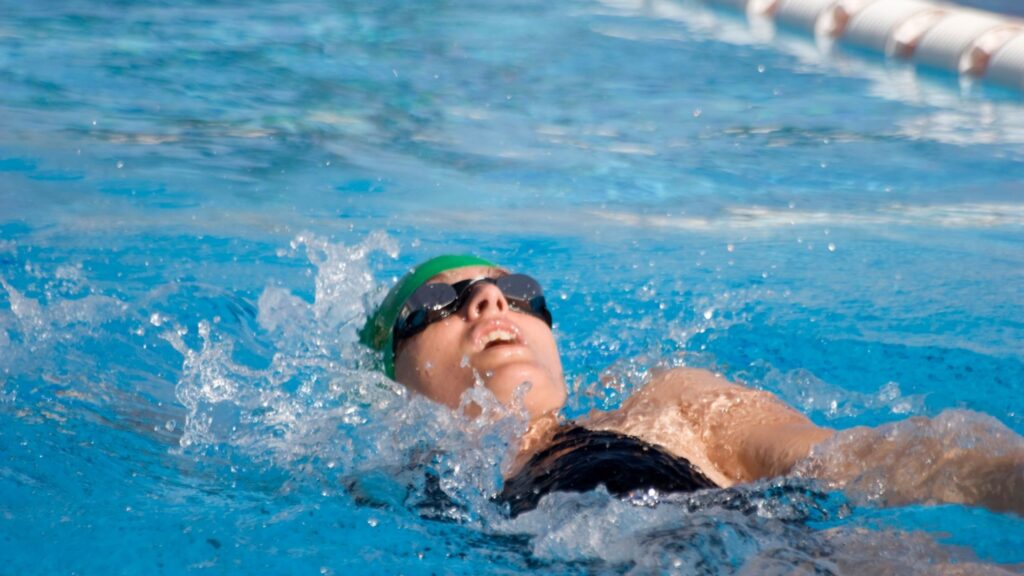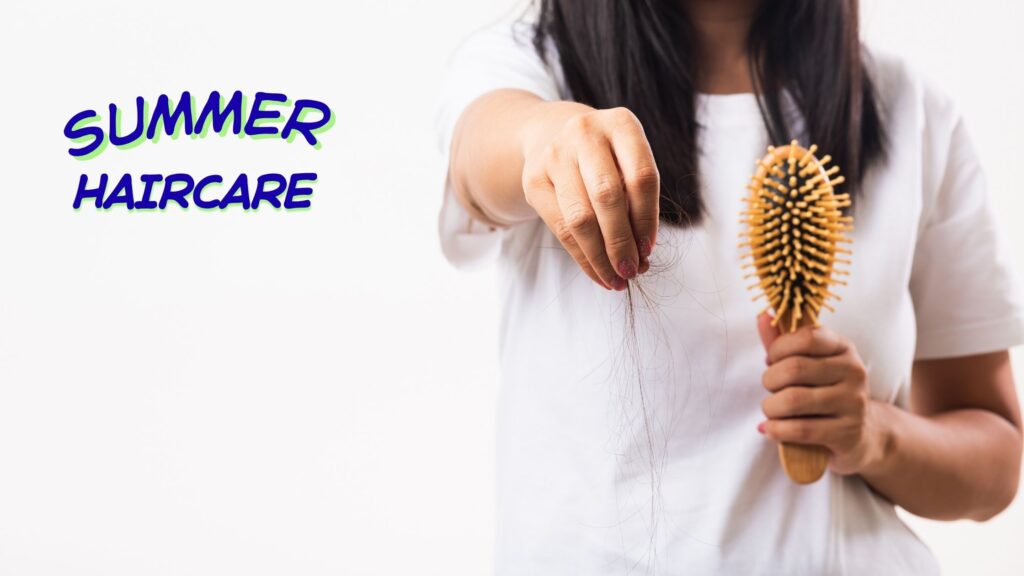Why Cycling Is the Ultimate Workout for Your Body and Brain

When it comes to choosing a full-body exercise that delivers results, few options rival the power of a cycling workout. More than just a mode of transport or a childhood pastime, cycling is increasingly being recognized as one of the most effective and enjoyable workouts for people of all ages and fitness levels. From torching calories to toning muscles and boosting brain health, cycling does it all—on two wheels.
Whether you’re commuting to work, exploring new trails, or joining a spin class, a consistent cycling workout can significantly enhance your physical and mental well-being. With the added benefit of low-impact movement, cycling becomes a sustainable option for many, including seniors and those recovering from injuries. In this post, we’ll dive into why cycling is hailed as the ultimate workout—backed by science, expert insights, and tips to get you started or step up your game.
1. Why Cycling Is the Perfect Full-Body Workout
Cycling isn’t just a leg exercise—it’s a powerful workout that activates multiple muscle groups while improving cardiovascular health. Here’s what a typical cycling session can do for your body:
Muscle Engagement
-
Legs: Quads, hamstrings, calves, and glutes get a major workout.
-
Core: Stabilizes your body and improves balance.
-
Arms and Shoulders: Especially during standing climbs or mountain biking.
Cardiovascular Benefits
Cycling is an aerobic exercise that boosts heart rate, improves blood circulation, and reduces the risk of heart disease and stroke. According to the British Heart Foundation, cycling just 20 miles a week can reduce your risk of heart disease by 50%.
Joint-Friendly Fitness
Unlike running, cycling is low-impact and gentle on the joints, making it ideal for people with arthritis, joint pain, or mobility concerns.
2. Cycling for Weight Loss: Burn Fat and Build Muscle
The number of calories burned during cycling varies based on speed, terrain, and individual weight. On average:
-
Leisure cycling (10-12 mph): ~400-500 calories/hour
-
Moderate intensity (12-14 mph): ~600 calories/hour
-
High intensity (14-16+ mph): 700-1000+ calories/hour
Use fitness trackers or online calculators to monitor calorie expenditure, and tailor your rides based on your fitness goals.
Boosting Metabolism
Consistent cycling helps increase lean muscle mass and resting metabolic rate, allowing you to burn more calories throughout the day—even at rest.
Pairing with Nutrition
For optimal results, pair cycling with a balanced diet rich in protein, complex carbs, and healthy fats to fuel your rides and aid recovery.
3. Is Cycling Good for Mental Health? Absolutely.
Exercise is widely known to benefit mental well-being, and cycling workouts are no exception. Here’s how two wheels help your brain:
Mood Enhancement
Cycling increases the production of endorphins and serotonin, which reduce anxiety and improve overall mood.
Better Sleep Quality
Cyclists often report improved sleep patterns due to regular physical activity and mental relaxation.
Stress Reduction and Mindfulness
Outdoor cycling connects you with nature, reduces cortisol levels, and promotes mindfulness—akin to a moving meditation.
4. Beginner Cycling Tips: How to Start Smart
Starting a new workout routine can be intimidating, but with the right strategy, beginners can ease into cycling with confidence.
Choose the Right Bike
-
Road bikes for long distances
-
Mountain bikes for trails
-
Hybrid bikes for city rides
-
Indoor stationary bikes for convenience
Set Realistic Goals
Begin with short, manageable rides (15–30 minutes) 2–3 times a week and gradually increase time and intensity.
Wear the Right Gear
-
Padded cycling shorts
-
Breathable clothing
-
Helmet and gloves
-
Water bottle for hydration
Maintenance Matters
Regularly check tire pressure, brakes, and chain lubrication to ensure safety and comfort.
5. Cycling vs Running: Which Is Better?
Both cycling and running are excellent cardio workouts, but they serve different purposes depending on your goals.
| Factor | Cycling | Running |
|---|---|---|
| Impact on Joints | Low-impact | High-impact |
| Calories Burned | Moderate to high | High |
| Muscle Engagement | Legs, core, some upper body | Mostly legs |
| Accessibility | Requires a bike | Needs only shoes |
| Injury Risk | Lower | Higher (knees, ankles) |
For those with joint issues or looking for a sustainable, long-term activity, cycling is the better choice.
6. Best Time to Cycle for Fitness Goals
Timing your rides can maximize results, especially if you’re working on fat loss, endurance, or strength.
Morning Rides
-
Boosts metabolism for the day
-
Less traffic and pollution
-
Enhances mood and productivity
Evening Rides
-
Muscles are warmed up
-
Performance may be better
-
Great stress relief after work
Midday for Indoor Cycling
Ideal for those with flexible schedules or during colder months.
7. Cycling for Seniors: Safe, Effective, and Empowering
Aging doesn’t mean giving up on fitness. In fact, cycling for seniors can improve mobility, heart health, and mental well-being.
Why It Works for Seniors
-
Low joint impact
-
Improves balance and coordination
-
Enhances cardiovascular endurance
-
Supports independence and confidence
Safety Tips for Older Riders
-
Use a stationary or recumbent bike if balance is a concern
-
Always wear protective gear
-
Start slow and consult a physician before beginning
8. How to Make Cycling a Habit
Consistency is key. Here are ways to stick with your cycling routine:
-
Set weekly mileage or time goals
-
Join a cycling group or club
-
Use fitness tracking apps like Strava or MapMyRide
-
Mix routes to keep things exciting
-
Reward yourself for milestones (new gear, treats, rest days)
9. Indoor vs Outdoor Cycling: Which One’s Right for You?
| Indoor Cycling | Outdoor Cycling |
|---|---|
| Weather-proof | Fresh air and changing scenery |
| Easier to monitor performance | Engages balance and coordination |
| Convenient and time-efficient | Social and adventurous |
Indoor cycling (like Peloton or spin classes) is excellent for those with tight schedules, while outdoor rides offer freedom and variety.
10. Nutrition Tips to Support Your Cycling Workout
Fueling right ensures you have energy to ride and recover effectively.
Before Your Ride
-
Light carbs (banana, toast, oats)
-
Hydrate with water or electrolyte drinks
Post-Ride Recovery
-
Protein and carbs (smoothies, eggs and toast, Greek yogurt)
-
Rehydration is crucial
You can find in-depth cycling nutrition tips at Cycling Weekly.
Conclusion: Pedal Your Way to a Healthier Life
Whether you’re just starting or already love biking, a cycling workout offers unmatched benefits for the body and brain. From fat burning and heart health to enhanced mood and mobility, cycling stands out as the ultimate total-body exercise. Plus, it’s fun, eco-friendly, and easy to tailor to your lifestyle.
No matter your age, fitness level, or goals, cycling has a place in your wellness journey. So gear up, find your route, and let your two wheels take you toward better health—one ride at a time.








